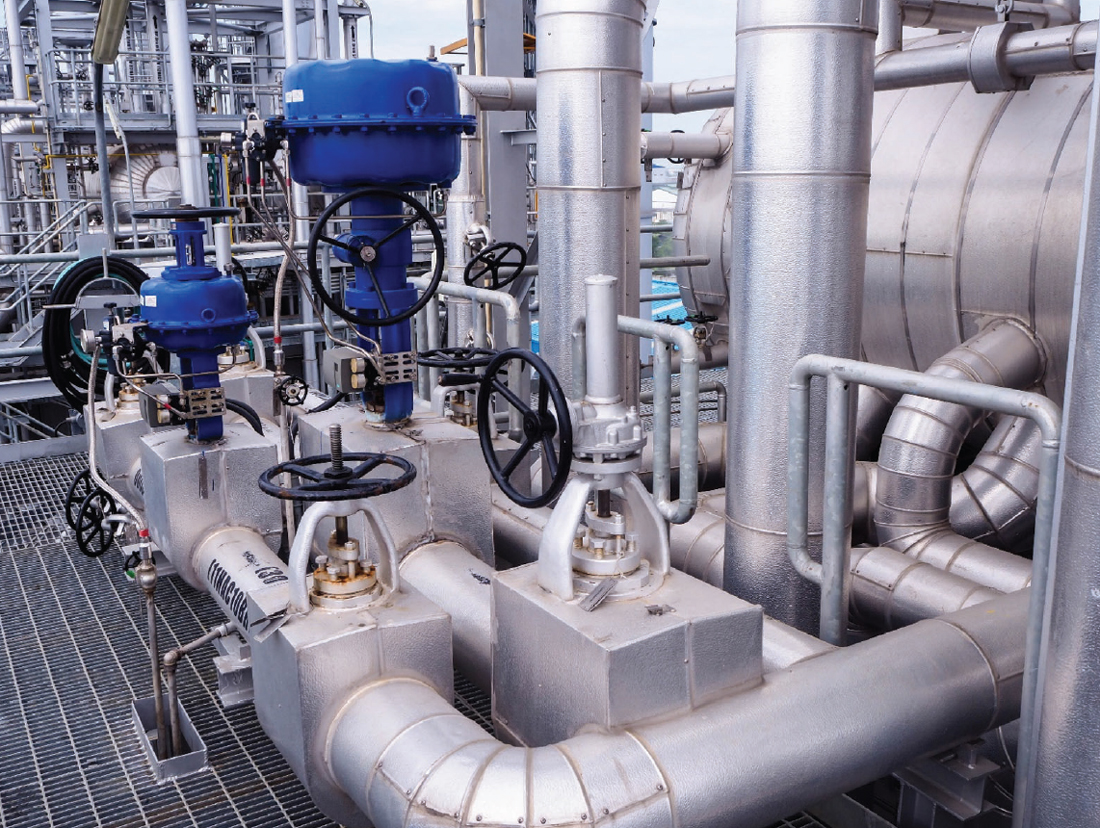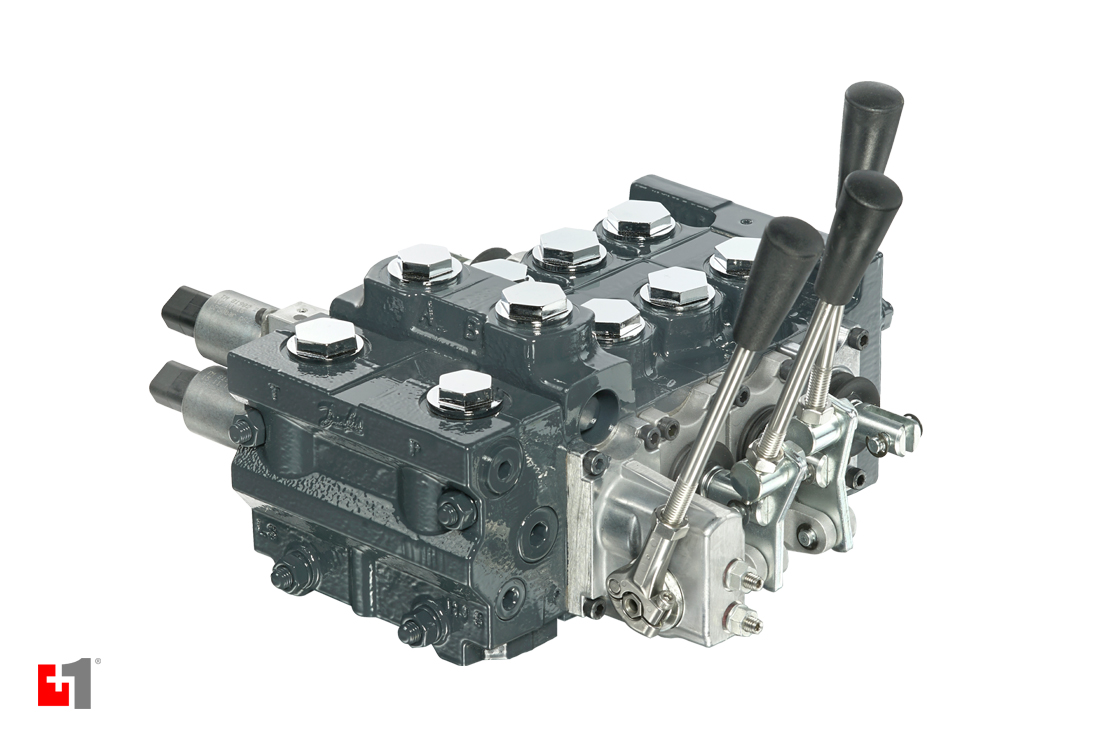Ingenious Control Valves: Enhancing Precision and Reliability
Ingenious Control Valves: Enhancing Precision and Reliability
Blog Article

Maximize Energy Savings and Comfort With Advanced Structure Automation Controls
In the realm of contemporary design and facility administration, the combination of innovative structure automation controls stands as an essential development. By taking advantage of the power of automation, structures can adjust, react, and develop in methods that were once unbelievable.
Power Performance Perks
Power efficiency advantages can dramatically reduce energy usage and functional expenses in structures. By applying energy-efficient techniques and modern technologies, building proprietors and operators can achieve significant financial savings while also adding to environmental sustainability. One of the key advantages of improving energy effectiveness in structures is the reduction of utility costs. Energy-efficient systems, such as advanced structure automation controls, can enhance the usage of sources like air conditioning, lights, and home heating, resulting in lower energy expenditures over time.
In addition, enhanced power performance can prolong the life-span of structure tools and systems. By running more effectively, a/c systems, lighting fixtures, and other building parts experience much less wear and tear, causing reduced maintenance and replacement costs. Furthermore, energy-efficient structures typically command higher home values and rental prices, providing lasting monetary advantages to proprietors.
Moreover, energy effectiveness can enhance owner convenience and productivity. Effectively managed interior environments with optimum illumination and thermal conditions create an even more positive and helpful workspace, causing improved staff member satisfaction and efficiency. Generally, the energy performance advantages connected with advanced building automation controls are diverse, encompassing price savings, environmental stewardship, and occupant health.
Boosted Convenience Control
Enhancing comfort control in structure atmospheres calls for an innovative assimilation of sophisticated automation systems for optimum resident wellness. By using sophisticated structure automation controls, centers can customize the indoor setting to satisfy the certain demands and choices of residents. control valves.
Improved comfort control goes beyond fundamental temperature changes. It includes attributes such as individualized settings, occupancy sensing units, and natural light usage to produce a dynamic and responsive setting. By incorporating these innovative controls, structures can not just boost convenience yet additionally enhance power efficiency by enhancing system operations based upon actual tenancy and use patterns. Ultimately, prioritizing resident convenience with innovative automation systems brings about an extra delightful and much healthier interior atmosphere.
Functional Effectiveness Improvements

Additionally, the implementation of real-time monitoring and analytics devices allows building operators to identify power inefficiencies and operational anomalies promptly. By continuously keeping an eye on energy usage patterns and system efficiency metrics, modifications can be made in real-time to optimize power consumption and make try these out certain peak functional efficiency. control valves. In addition, including demand reaction methods into building automation controls can further improve operational efficiency by dynamically adjusting power use based on grid conditions and pricing signals
Indoor Climate Optimization
Reliable indoor climate optimization is a fundamental element of structure automation controls, ensuring passengers' convenience and well-being while taking full advantage of power financial savings. By utilizing advanced sensors and controls, my explanation constructing automation systems can continually check and readjust temperature level, moisture degrees, air high quality, and ventilation to produce an optimal indoor environment. Keeping comfy and regular problems not just boosts owner complete satisfaction yet also increases productivity and general well-being.
Interior environment optimization additionally plays a vital duty in energy performance. By fine-tuning air conditioning, ventilation, and heating systems based upon real-time data and occupancy patterns, developing automation controls can dramatically lower energy consumption - control valves. Carrying out methods such as demand-controlled air flow and thermal zoning can aid minimize energy waste while guaranteeing that each location of the building receives the essential conditioning.

Sustainable Environment Production
Structure automation manages not only enhance indoor climate conditions for power effectiveness and resident comfort but also lay the foundation for producing a lasting environment through tactical management of systems and resources. By incorporating advanced structure automation technologies, such as sensing units, actuators, and smart software program, facilities can change and keep track of power use in real-time to lessen waste and reduce their carbon impact. These systems allow predictive maintenance, identifying potential concerns before they intensify and maximizing devices performance to enhance durability and performance.
Furthermore, lasting environment production expands beyond energy management to incorporate water preservation, waste reduction, and interior air high quality enhancement. Building automation controls can control water use, find leaks, and guarantee appropriate garbage disposal techniques, adding to overall sustainability initiatives. Furthermore, by keeping an eye on and regulating ventilation and important site filtering systems, these technologies improve owner health and efficiency while lowering power consumption associated with cooling and heating procedures.
Conclusion
In verdict, advanced building automation controls deal significant advantages in terms of power financial savings, comfort control, functional efficiency, indoor environment optimization, and producing a lasting setting. By carrying out these controls, structures can achieve ideal efficiency while lowering power consumption and improving resident comfort. It appears that the usage of advanced automation technology is crucial in boosting building performance and producing a much more lasting future.
Power performance benefits can substantially lower energy intake and functional costs in buildings. On the whole, the energy efficiency benefits connected with sophisticated structure automation controls are diverse, encompassing expense savings, environmental stewardship, and occupant wellness.
In addition, integrating need action approaches right into building automation controls can even more improve functional effectiveness by dynamically changing energy use based on grid conditions and prices signals.
Building automation controls not only optimize interior environment problems for power performance and resident comfort yet likewise lay the structure for producing a sustainable environment through calculated administration of systems and resources.In final thought, progressed structure automation manages deal considerable benefits in terms of energy cost savings, convenience control, functional performance, interior climate optimization, and creating a lasting environment.
Report this page